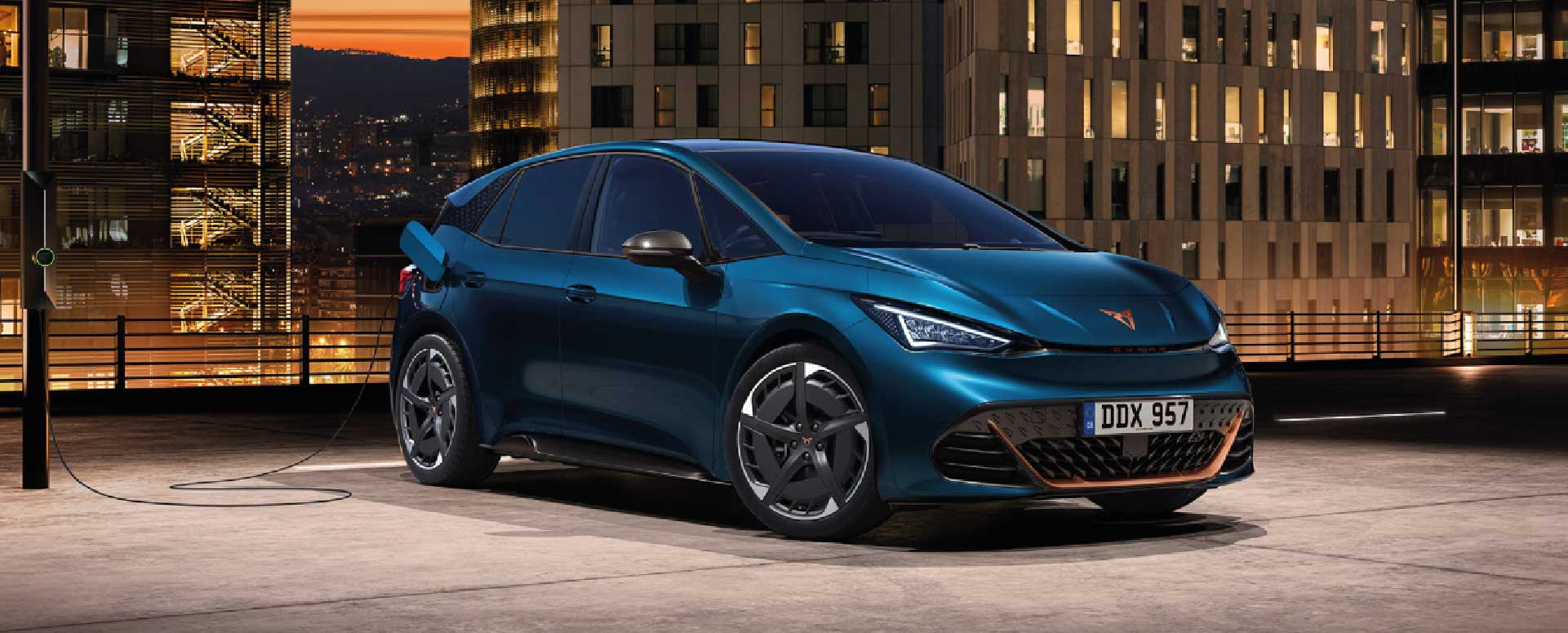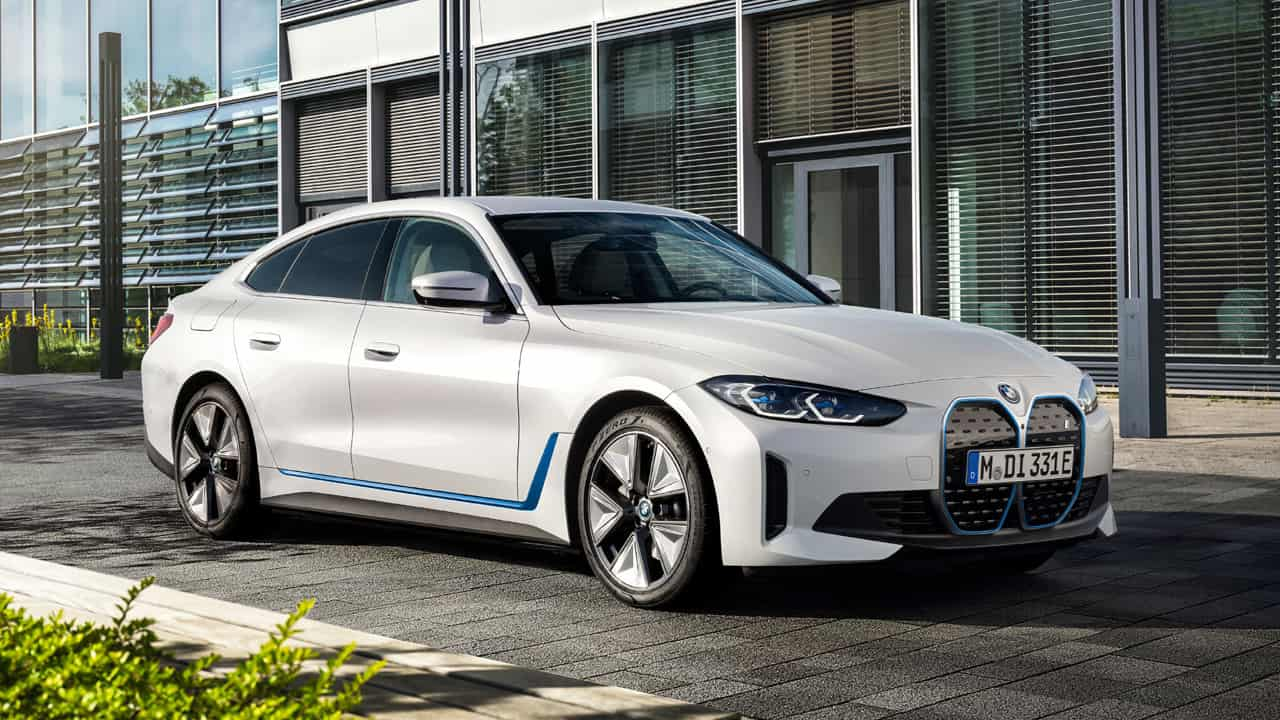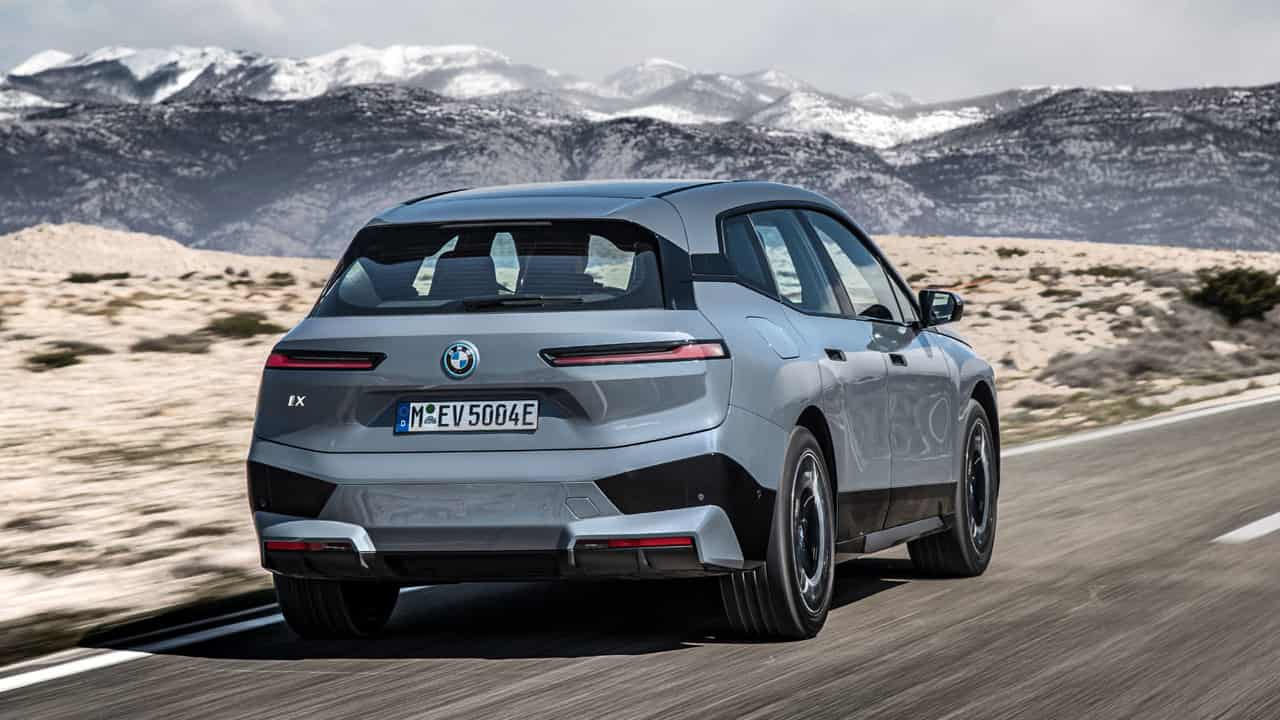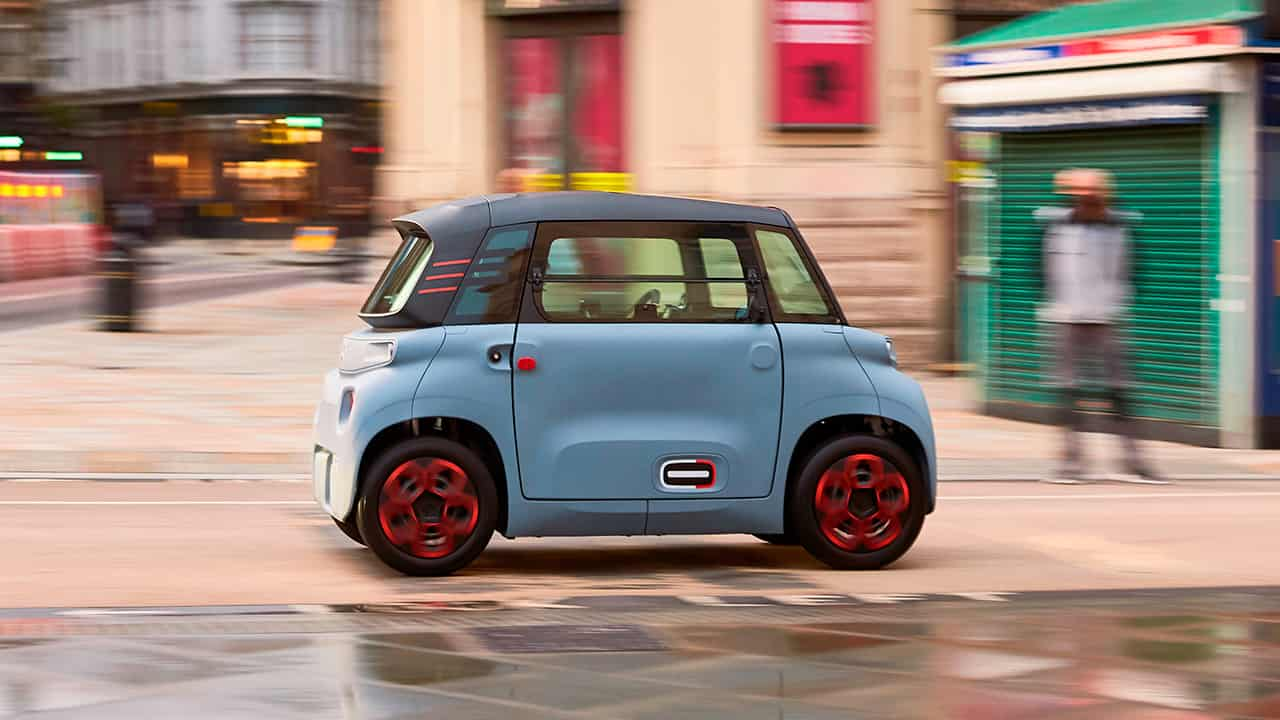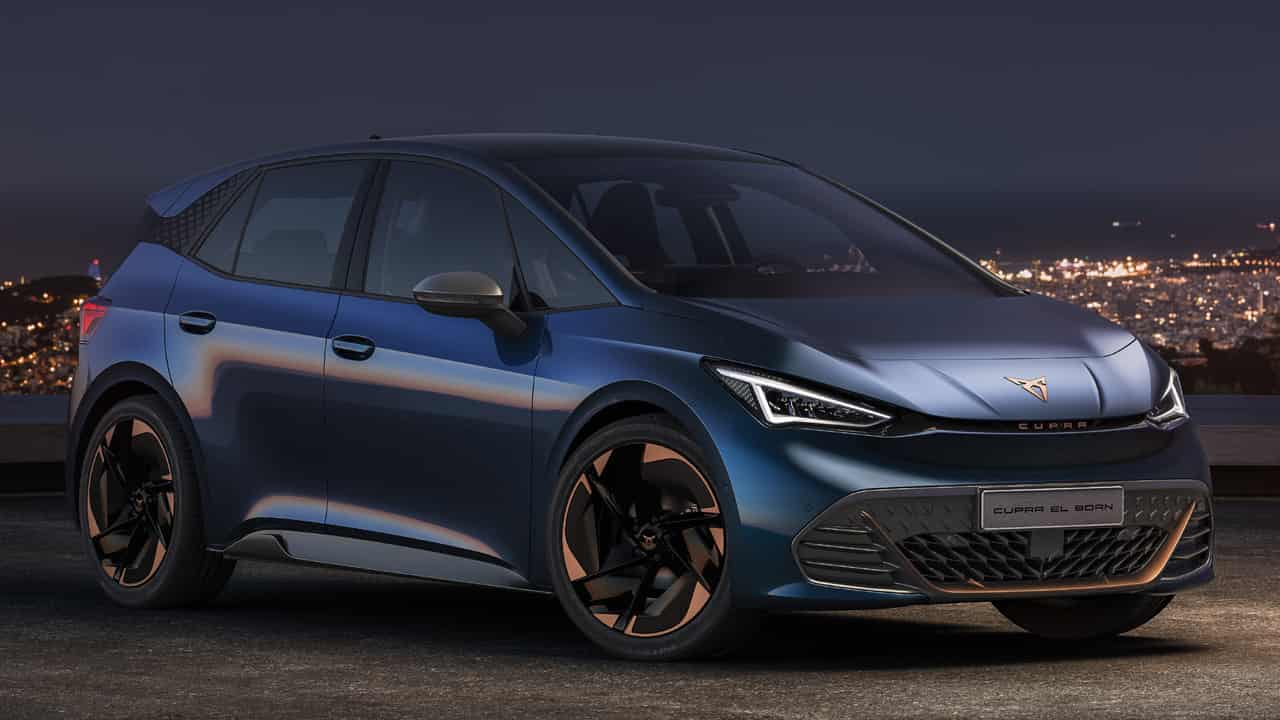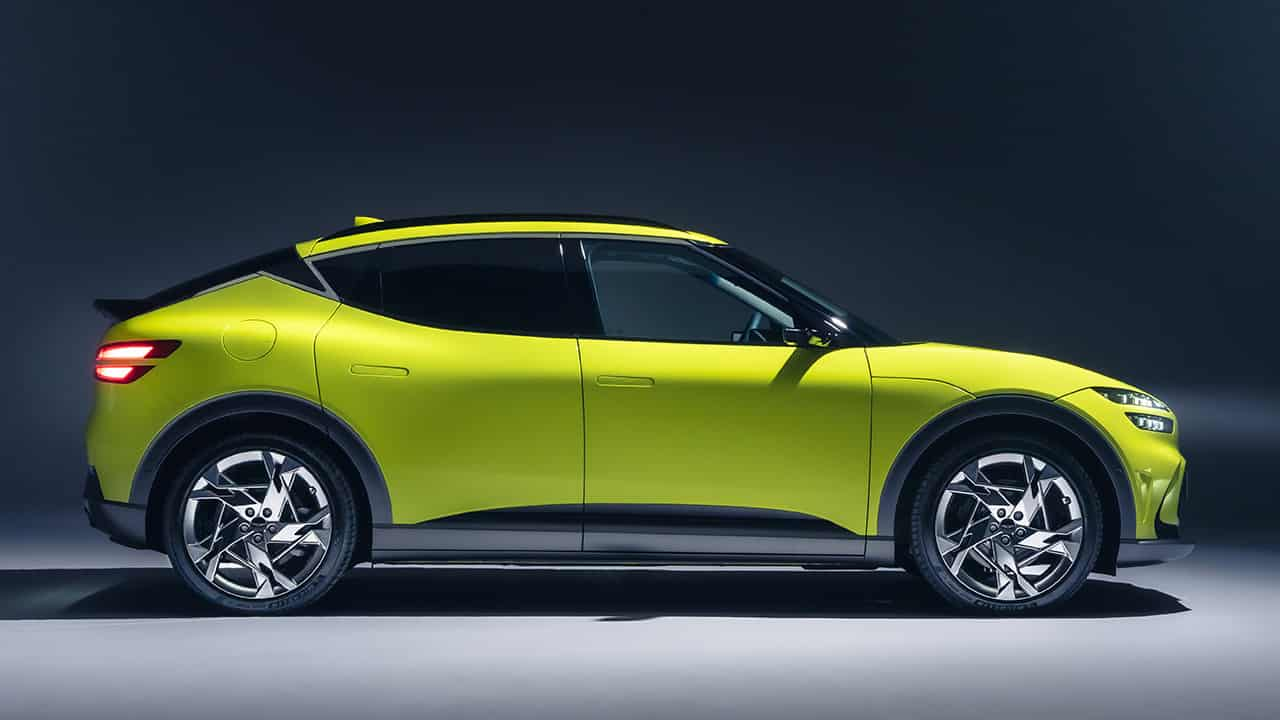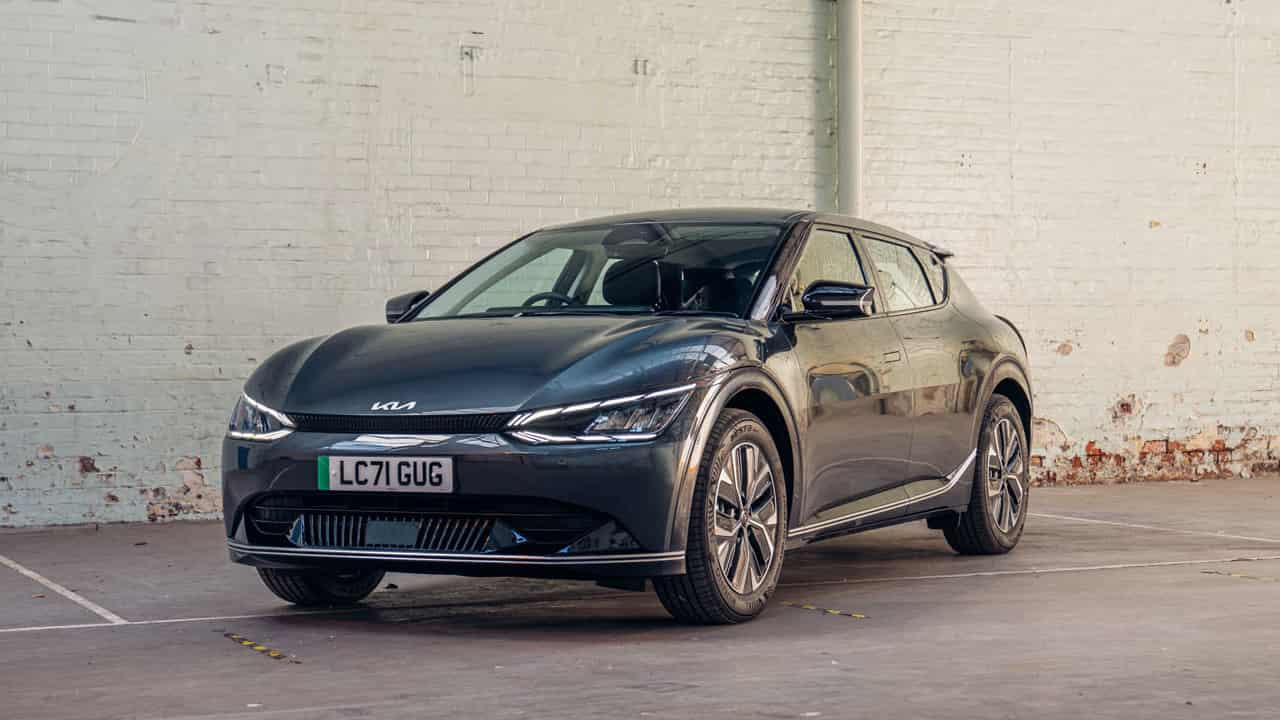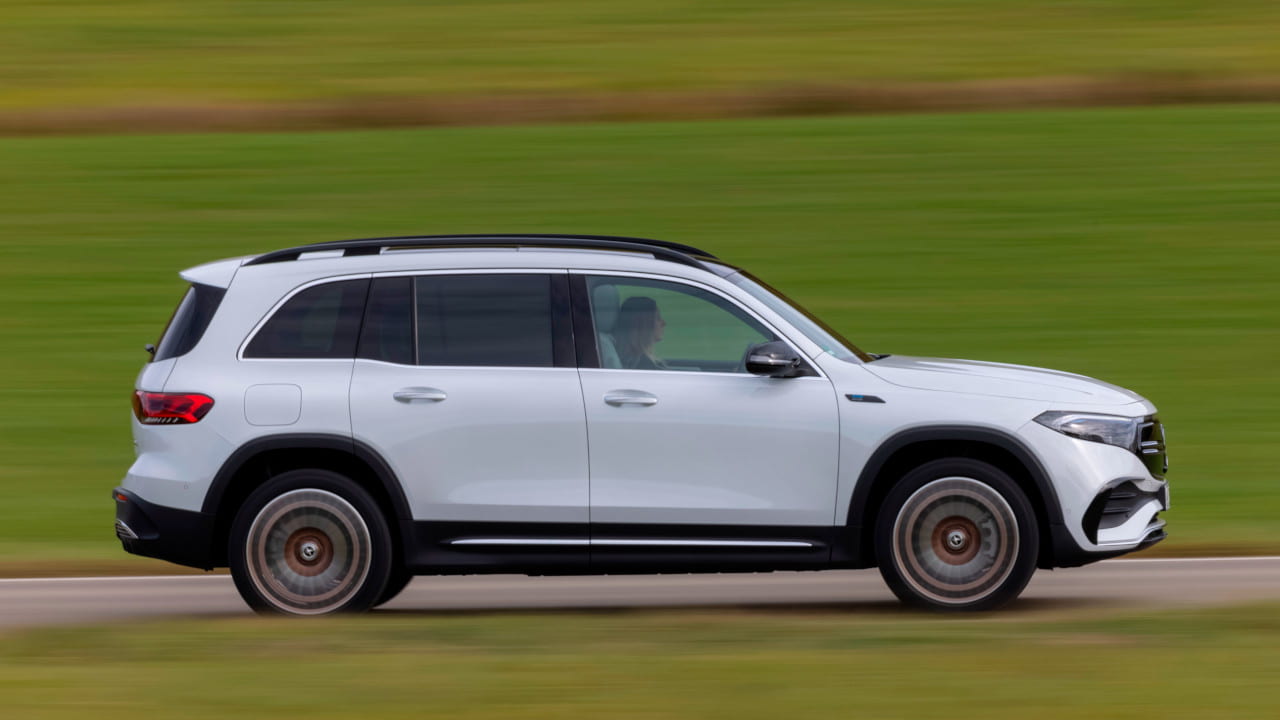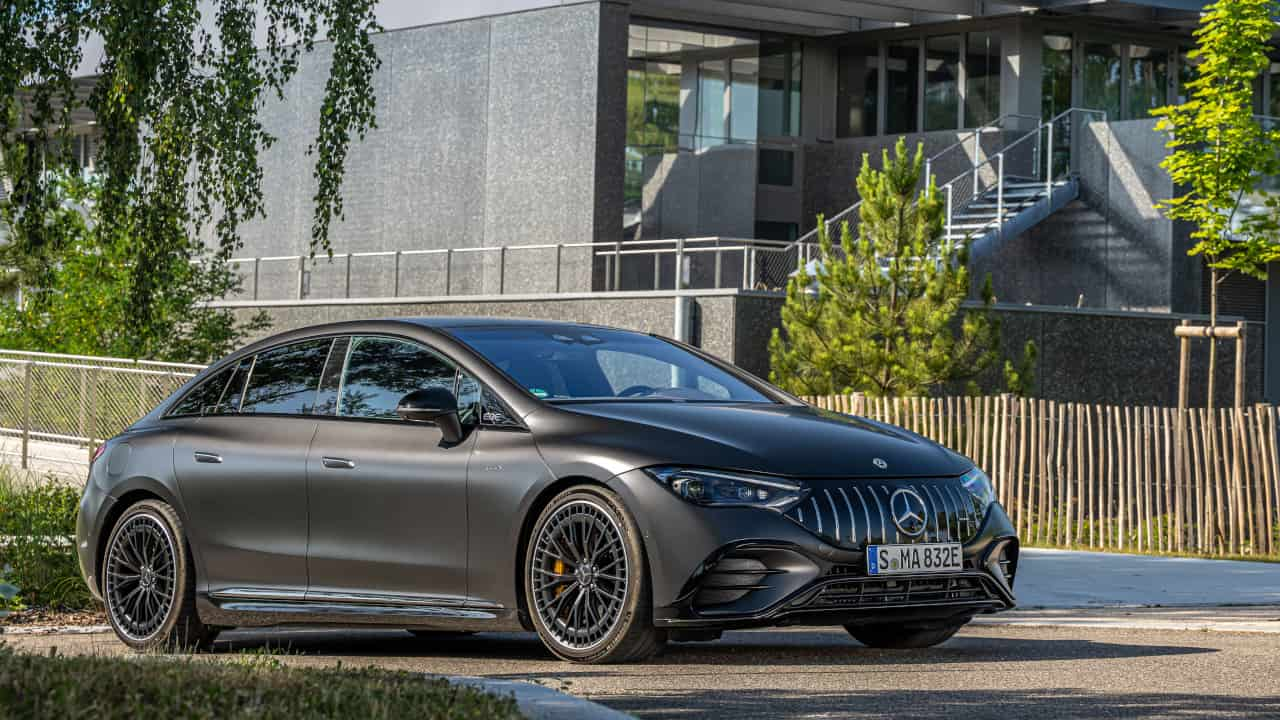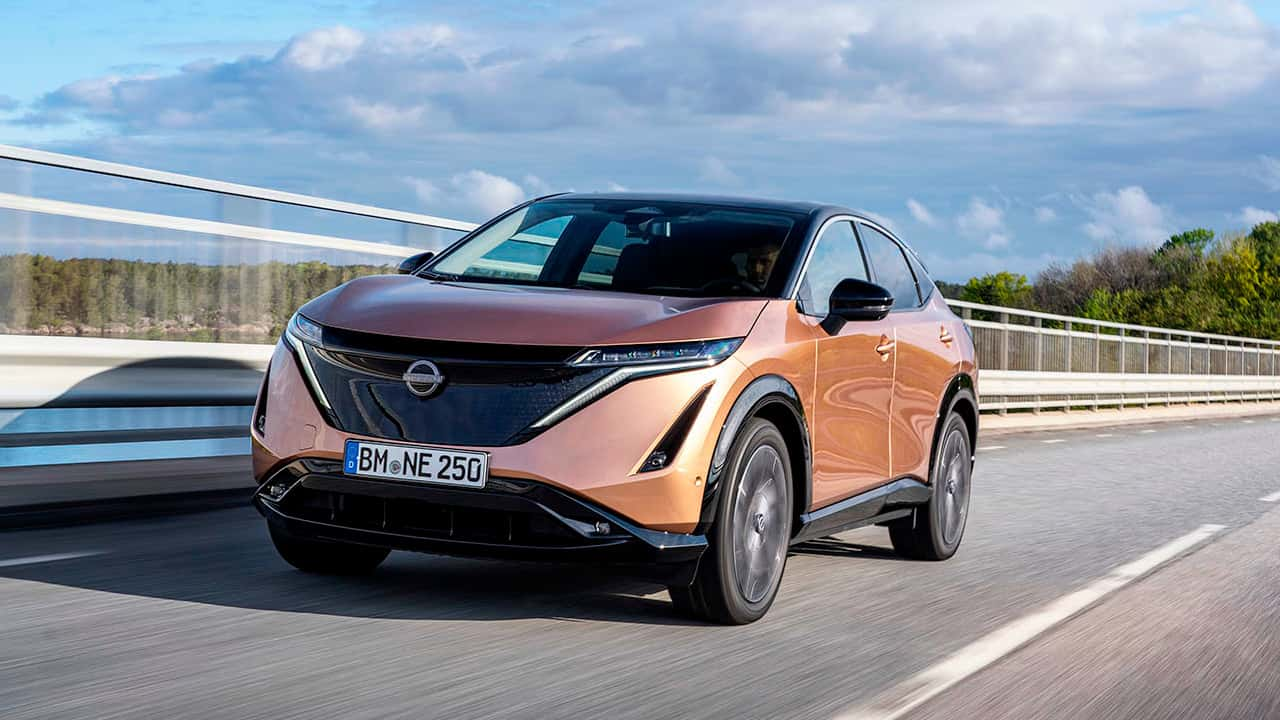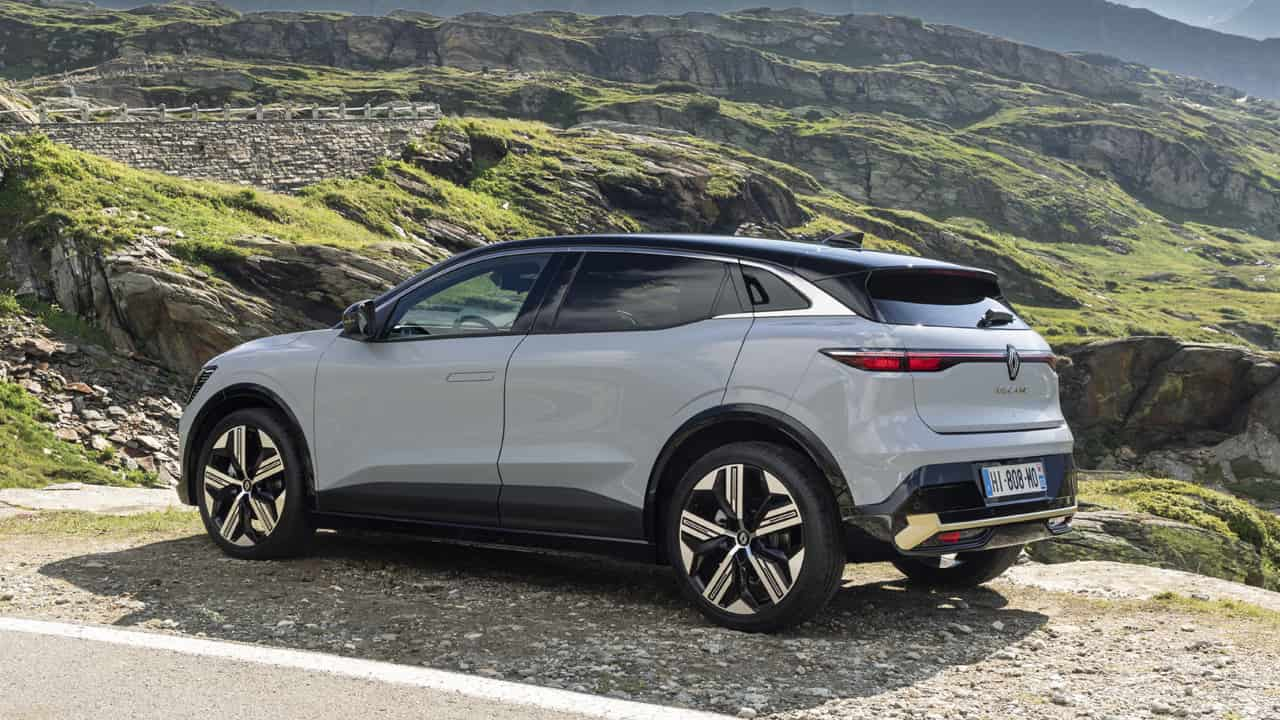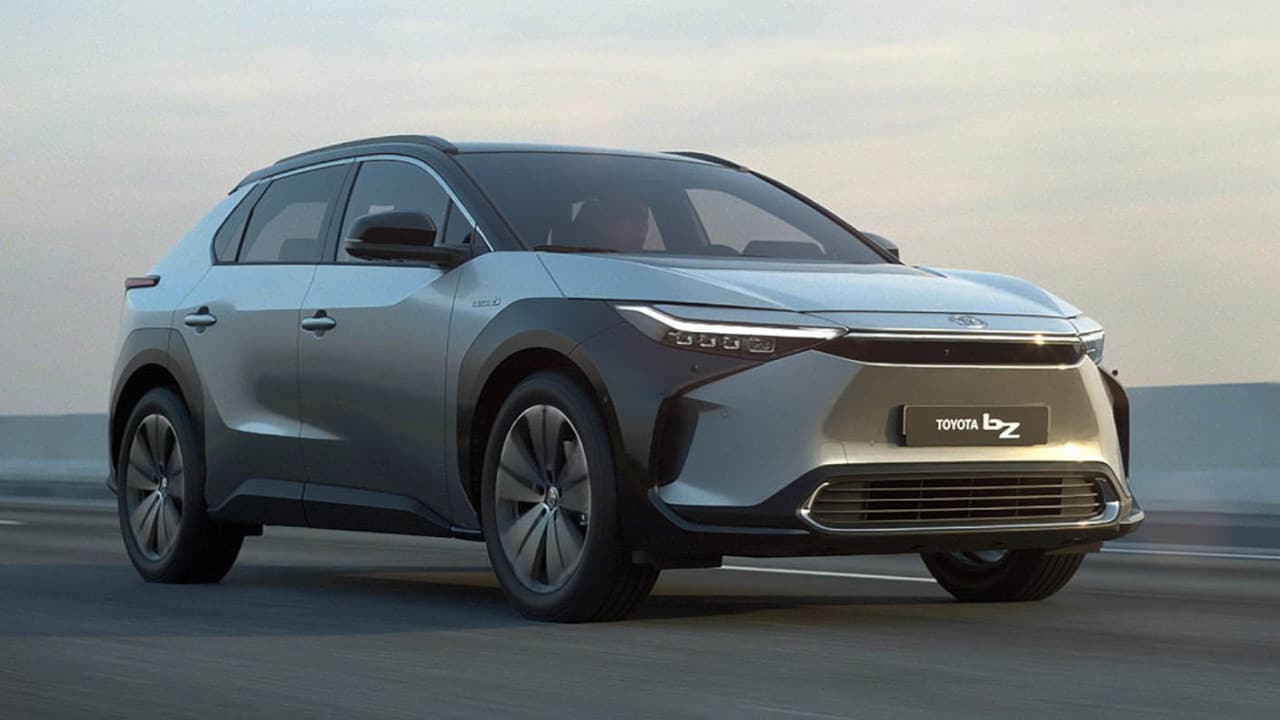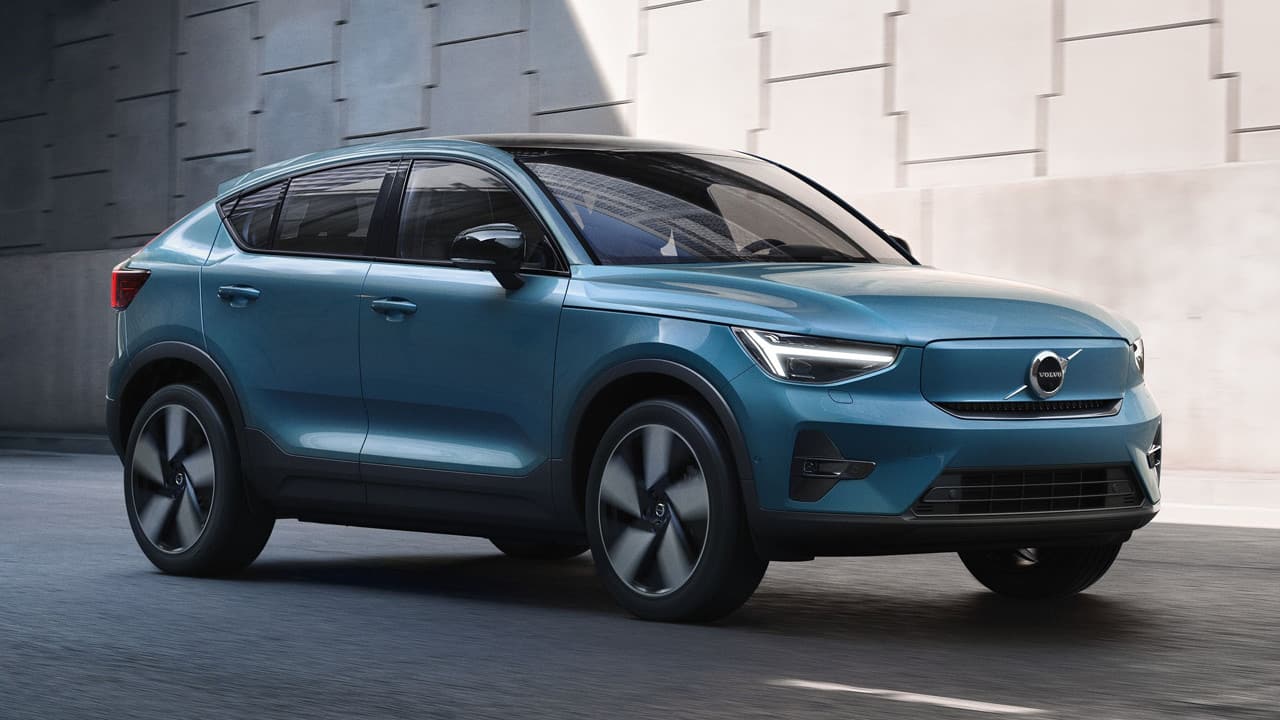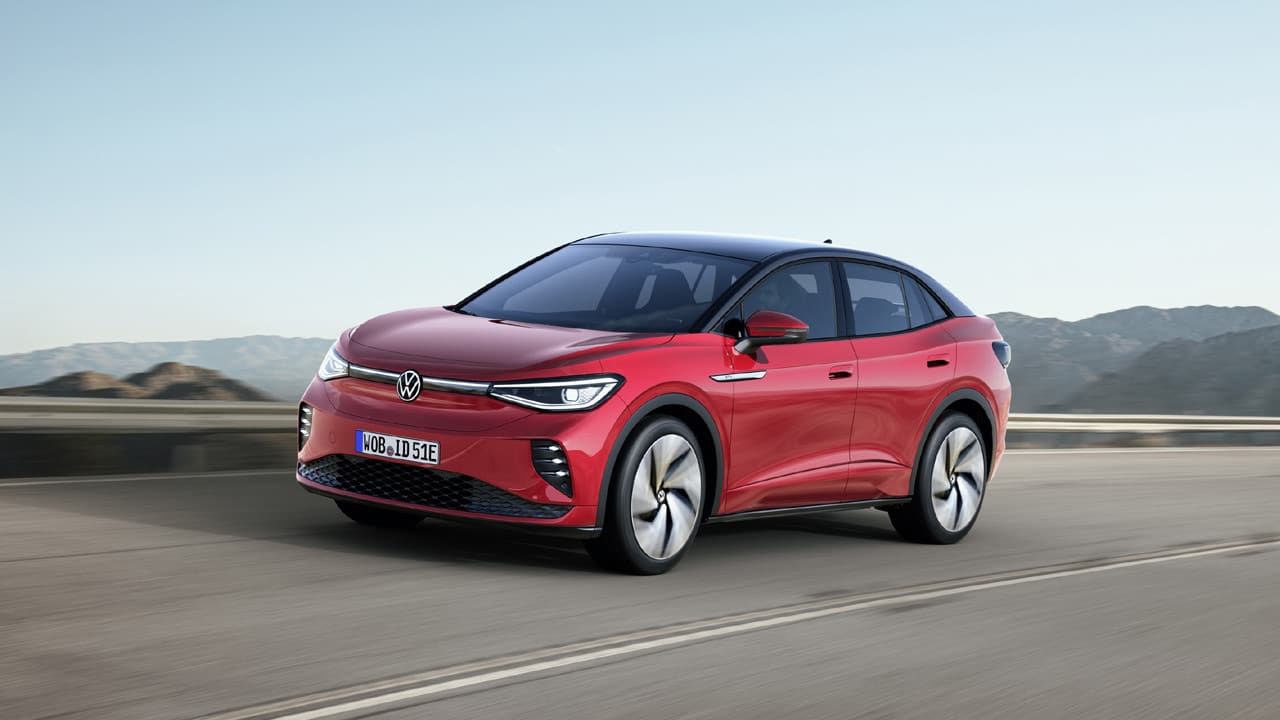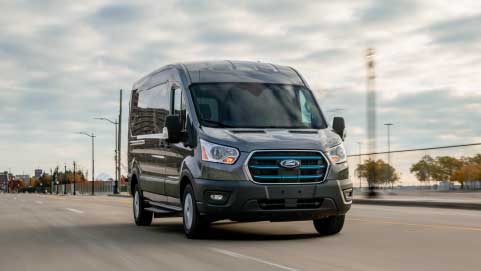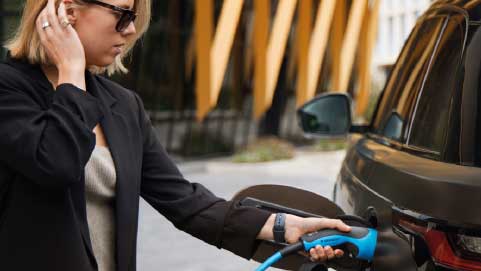Our favourite electric cars
2021 has been an amazing year for electric vehicles, with manufacturers across the world adding to their already impressive electric vehicle ranges. Despite this unprecedented growth, 2022 promises an even more incredible year for EV’s, with improved performance, battery capacity and range across the industry, as well as new, more innovative solutions to suit most budgets and businesses.
We have put together a list of some of our favourite new electric vehicles slated for a late 2021 or 2022 release below. We have also added additional information and links to help you choose the right electric vehicles for your fleet or company car offering.
BMW i4
Range: up to 365 miles
As the first all-electric Gran Coupé from BMW, the i4 is equipped with fifth-generation BMW eDrive technology and includes the new BMW curved display and the latest BMW Intelligent Personal Assistant. It also reportedly boasts generous headroom, extra legroom and luggage space. Configurations include the BMWi4 eDrive40 Sport, the BMWi4 eDrive40 M Sport and the BMW i4 M50.
When it comes to charging, the BMW i4 can go from 10 to 80 percent charge in 31 minutes when using a 200kW charging station. Or, you can recharge up to 101 miles range in only 10 minutes. At home, a Wallbox gets the BMW i4 back to 100 percent charge in 13 hours.
BMW iX
Range: between 257 and 380 miles
BMW’s latest large SUV includes the latest generation of electric motors, in-car entertainment and driver assistance systems. Other features include the new BMW Curved Display, 22-inch Air Performance wheels, Driving Assistant and a Sky lounge end to end panoramic roof. Configurations include the BMW iX xDrive40 M Sport Comfort, the BMW iX xDrive40 M Sport Technology, and the BMW iX M50 M Sport Ultimate.
Charging the iX from home can take between two to just under nine hours to give a 62-mile range, depending on whether a wall box unit or standard charging cable is used.
While out and about, rapid charging stations can achieve the same charge in 21 minutes or an entire charge in less than 40 minutes at public IONITY High Power Charging stations.
Citroën Ami
Range: up to 43 miles
With a range of 43 miles and a top speed of 28mph, Citroën claim the Ami is a modern solution for modern mobility needs. Officially known as a quadricycle, the 2-seater city car is not permitted to drive on motorways, but designed to be used in cities and has an ultra-compact length of just 2.41 metres and super-tight turning circle of 7.2 metres.
The Ami is fitted with a 5.5kWh battery that can be recharged in three hours, and comes with a Type 2 adapter, ideal for the UK's charging network and home Wall Box chargers.
CUPRA Born
Range: up to 335 miles
This is the first ever all-electric CUPRA which was originally set to launch as a SEAT model, but now, offered under the CUPRA brand, the car takes on a sportier look and features the marque's signature copper details. All CUPRA Born models are rear-wheel-drive, and the brand says it has extensively re-engineered the chassis to ensure that the Born's handling is befitting of the CUPRA badge.
The model range includes three battery choices (45kWh, 58kWh and 77kWh) along with power outputs ranging from 148bhp to 228bhp. A typical at-home wallbox charger will charge the CUPRA Born's 58kWh 201bhp battery from 0 to 100 percent within 6hr 15min. A 120kW DC charger will from 5 to 80 percent within just 35 minutes.
Genesis GV60
Range: up to 280 miles
The GV60 is a high-performance electric vehicle based on the same platform as the Hyundai Ioniq 5 and Kia EV6. The Genesis GV60 promises a more luxurious take on the compact electric crossover. Three models will be offered: one rear-wheel-drive and two all-wheel-drive. Each will feature a 77.4kWh battery, providing a range of up to 280 miles.
The GV60 is compatible with standard chargers, rapid chargers, and super rapid chargers, and when charging at 350kW with the ultra-speed charging function, the battery can be charged from 10 to 80 percent in 18 minutes.
Kia EV6
Range: up to 328 miles
The EV6 is the new fully electric crossover from Kia. This new crossover will spearhead a new range of electric models from the brand, with a total of six expected to launch by 2027. There are three trim grades and two powertrain options, plus a high-performance GT version. All models are equipped with a 77.4kWh battery pack, with rear-wheel drive, that can take you up to 328 miles on one charge. Ultra-fast charge can get you from 10 to 80 percent in only 18 minutes.
An additional highlight is the vehicle-to-load (V2L) function, which is capable of supplying up to 3.6kW of power to an external device such as camping equipment or a film projector. It could also be used to charge another EV, if needed.
Mercedes EQB
Range: up to 257 miles
Slotting in between the EQA and EQC, the EQB is based on the existing Mercedes GLB and shares its boxy styling and seven-seat layout. Two all-wheel-drive models will be offered in the UK next year; the AMG Line and AMG Line Premium, both using a 66kWh battery, with 219bhp or 288bhp. Charging can be carried out at up to 100kW, allowing a 10 to 80 percent charge in 30 minutes, whilst home chargers will deliver a full charge overnight in around 11 hours.
Mercedes has also said a long-range version of the EQB, with a larger battery, will also be available.
Mercedes EQE
Range: up to 410 miles
The electric E-Class counterpart is based on Mercedes’ purpose-built electric vehicle (EV) platform and promises a range of up to 410 miles. Borrowing much of its exterior and interior design from the larger EQS, the new EQE promises a similar focus on in-car technology and Mercedes notes that it is more comparable in size to the CLS 4-door coupé.
Multiple powertrain options are expected to be offered, but only the EQE 350 has been detailed so far. It uses a 90kWh battery and has a power output of 288bhp. The EQE is compatible with up to 170kW chargers, enabling an 80 percent charge in around half an hour.
Nissan Ariya
Range: up to 310 miles
The Nissan Ariya, the latest electric crossover from Nissan, is billed as a coupé crossover, and is offered with a variety of power outputs. The 63kWh two-wheel-drive Nissan Ariya can manage up to 223 miles between charges, while the 87kWh version can manage up to 310 miles. Rapid charging offers up to 186 miles in around 30 minutes.
It's styling takes advantage of the car’s electric underpinnings, allowing for short overhangs and a closed grille. Inside, the Ariya features an array of touch sensitive ‘buttons’. Two 12-inch screens dominate the dashboard, providing digital instruments and infotainment.
Renault Megane E-Tech
Range: up to 292 miles
The Renault Megane E-Tech will be the first of 10 new electric cars from Renault and the first vehicle to launch using the manufacturer’s new electric vehicle CMF-EV platform. It features an SUV-like front end and compact saloon body, and is available with a choice of two batteries: 40kWh for a range of up to 186 miles and 60kWh for up to 292 miles.
Toyota BZ4X
Range: up to 230 miles
Toyota plans to launch at least seven new electric cars under a new BZ sub-brand by 2025, the first of which will be the BZ4X SUV. This new model is expected to focus on driver engagement while also providing a large amount of interior space. Toyota reports the BZ4X is to provide 'class leading efficiency and a very competitive driving range.'
Volvo C40 Recharge
Range: between 260 and 444 miles
The C40 Recharge is an all-electric re-worked version of the XC40 SUV. This new model was revealed with a 402bhp twin electric motor setup and 78kWh battery, but lower powered versions are likely to be introduced during the car’s life. The new Volvo C40 Recharge comes with Volvo’s latest infotainment system with Google integration. Volvo reports you should be able to recharge the new C40’s batteries from empty to 80 percent in around 40 minutes.
VW ID.5
Range: up to 335 miles
Volkswagen is set to expand its ID line-up next year with the introduction of the ID.5 SUV Coupé. The car is based largely on the existing ID.4 SUV, and will be the second electric model from VW to be offered in a sporty GTX derivative. VW has only confirmed details of the ID.5 GTX so far, which will use the same 295bhp twin motor arrangement as the ID.4 GTX. In time, it is likely the ID.5 will be offered with the same rear-wheel-drive motor and battery options as the ID.4.
The ID.5 is capable of getting 62 miles on a seven-minute charge using a 135kW DC charger, and charging stations offering quick DC charging should see a similar recharge in around 30 minutes.

